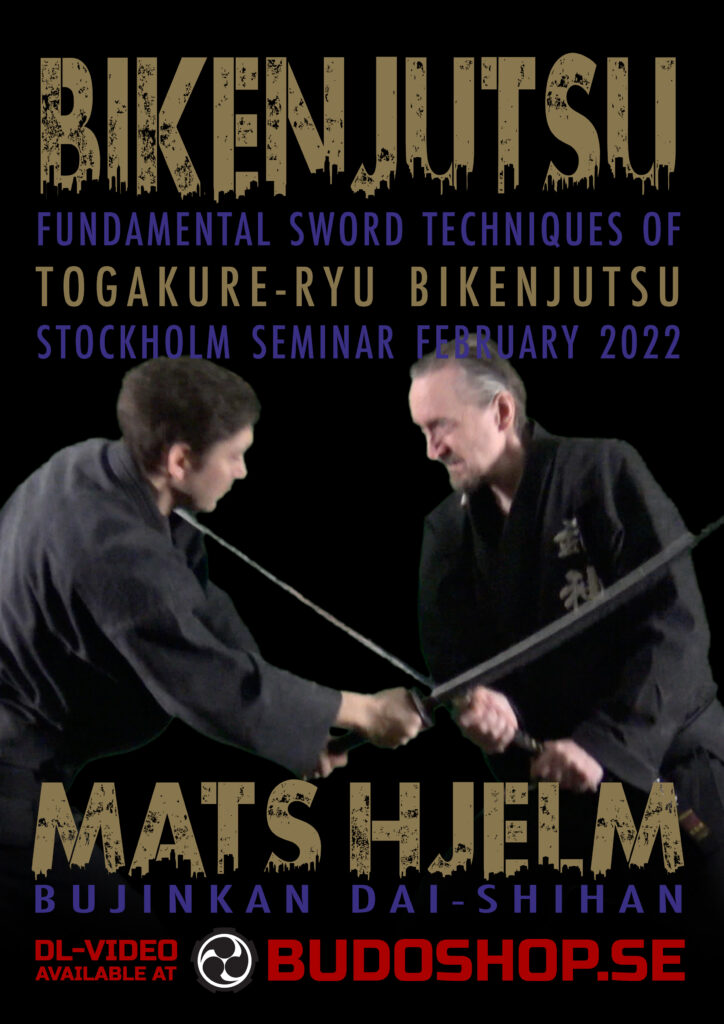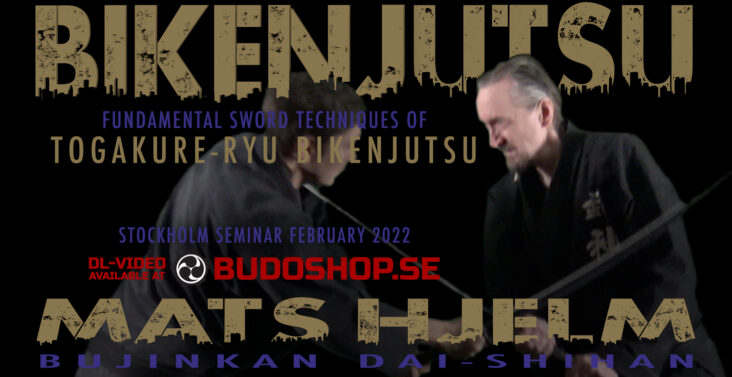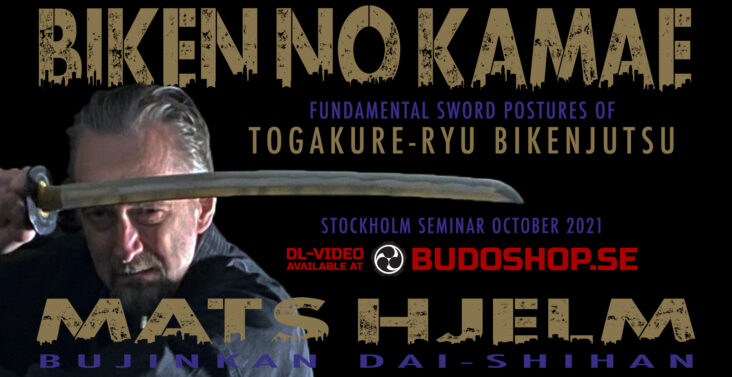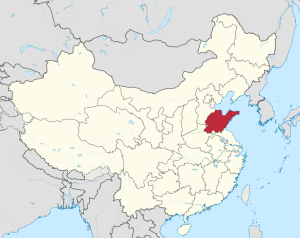From Blog – Bujinkan Kokusai Renkoumyo 武神館國際連光明道場 by bkronline
 Toda Gosuke is historically recorded as working in the Oniwaban intelligence agency as well as being a head falconer for the Shogun.
Toda Gosuke is historically recorded as working in the Oniwaban intelligence agency as well as being a head falconer for the Shogun.
We can see his name alongside that of a Hattori family member in marriage and divorce cases held internally within the super-secret spy group.
The members of the Oniwaban were not allowed to intermingle with people outside of the group so records for things such as marriages, divorces, births, deaths, etc. were all handled internally within the Oniwaban. This is indisputable proof that Toda Gosuke was at least involved with known members of the Oniwaban.
These men (and women) of the Oniwaban were direct descendants of the Iga (Togakure), Koga and Kishu ninja. Positions in the Oniwaban and Onmitsu were almost always hereditary.
Toda Hisajiro (our Shinryuken), later took over the head falconer position for his father, Toda Gosuke, until the end of the Bakufu government.
Based on the records left behind by Katsu Kaishu, what we do know about Hisajiro for a fact is that he served as head falconer to the Shogun and he was also a swordsmanship professor at the Kobusho from the time that it opened until 1858 when he resigned for mysterious reasons. Reasons I will discuss in more detail in my upcoming book “Hidden Lineage”.
I have found quite a bit of evidence implicating that Hisajiro, Gosuke’s son, was also working closely with the Oniwaban and Onmistu secret service groups serving the Shogunate.
The most interesting thing is that after Hisajiro’s role at the Kobusho as sword instructor, his trail goes dead. Except for this (pic) from the Tokugawa Chronicles (續徳川實紀: 第4篇 経済雑誌社, 1906, P. 1038), This page records that on December 4th, 1861:
Toda Gosuke – GREEN BOX
(Head Falconer at the time and Hisajiro’s father)
Received 3 pieces of gold from the Shogun
Toda Hisajiro – YELLOW BOX
(Head Falconer’s apprentice, son of Gosuke)
Was issued 2 sets of Jifuku (時服) or clothing gifts from the Shogun in the summer and winter seasons.
Mukai Shogen – RED BOX
(Ship Captain at the time, Born as Toda Kinzaburo, Gosuke’s 2nd son and brother to Hisajiro, 23 years old at the time of this record)
Received 2 pieces of gold and issued 2 sets of Jifuku (時服) or clothing gifts from the Shogun in the summer and winter seasons.
This means that in 1861, almost 3 years after leaving the Kobusho as a swordsmanship professor, Toda Hisajiro was still serving the Shogun in Edo as the head falconer.
But soon after this a multi-year manhunt known as the Ansei Purge during which the Tokugawa shogunate imprisoned, executed, or exiled those who did not support its authority and foreign trade policies took place. This movement’s leader was Chief Elder Ii Naosuke, and his enforcer was no other than Matsudaira Noriyasu (Toda Hisajiro’s sponsor to the Kobusho).
In 1860 Ii Naosuke was assassinated for his role in the purge and his stance towards opening up Japan to trade.
From this time Noriyasu is said to have left Edo in fear of his life and laid low until his death. We never hear of Hisajiro again in the public record. Could this be the same reason that Toda laid low??? Out of fear of being assassinated like Ii Naosuke.
If Noriyasu was Naosuke’s Ansei Purge enforcer and Toda was serving Noriyasu…it seems logical to think he may have needed to hide.
Togakure Ryu oral tradition says that after leaving the Kobusho, Shinryuken never took up another official position in the government.
I believe Toda Hisajiro left Edo with the Kuki family when Kuki Takahiro resigned from the Kobusho as Director in 1861.
Immediately after this the Kuki family and the Ayabe Han (Along with the Toda) switched sides and supported the emperor and his new imperial army.
Due to the transition of power from the Shogun to the Emperor, on the 4th of July the following year, the Shogun’s Navy was officially dissolved.
Mukai Masayoshi (Toda Kinzaburo) was quickly recruited along with Katsu Kaishu to head up the Emperor’s newly opened Imperial Military Academy (軍艦操練所). This goes a long way to explain why Takamatsu Sensei said that Toda Shinryuken (Hisajiro) had a close relationship to Katsu Kaishu and the two others of the famous triad known as the “Bakumatsu no Sanshu” (幕末の三舟).
Over time Masayoshi left the Imperial Navy and joined the Imperial Army and served as an “Otsukaiban” (御使番) and as an infantry magistrate.
Katsu Kaishu went on to continue to run the training at the Imperial Military Academy.
The “Otsukaiban” were advance scouts and messengers on the battlefield so obviously, some ninja skills learned from father (Toda Gosuke II) would come in very useful here.
As an Imperial Infantry Magistrate, he is recorded as Mukai Buzen no Kami (向井豊前守), a title awarded to him in May of 1865. On October 23rd of 1867, he was again promoted and given the title and rank, Mukai Izunokami (向井伊豆守).
In 1868 he left the Army and conceded his family naval traditions over to his adoptive father’s 2nd eldest son, Mukai Masayasu (向井正養). As of April 1st, 1868, he became a regular citizen of modern Japan and again changed his name to Mukai Akimura (向井秋村).
He moved to Shizuoka and cleared some land to plant tea but it failed to cause him to move to the Port of Shimoda. There he taught students from Meiji Gakuin (University) swimming in the summer. From 1876 he spent the rest of his life as a substitute judge at the Shimoda courthouse.
Toda Kinzaburo died March 24th, 1906 at the age of 68.
Could Toda Hisajiro’s (Shinryuken) grave be near his brothers???…
Still digging for more……













 Toda Gosuke is historically recorded as working in the Oniwaban intelligence agency as well as being a head falconer for the Shogun.
Toda Gosuke is historically recorded as working in the Oniwaban intelligence agency as well as being a head falconer for the Shogun.




 He was very excited about the finds and insisted that I get everything translated over into Japanese for him right away.
He was very excited about the finds and insisted that I get everything translated over into Japanese for him right away.